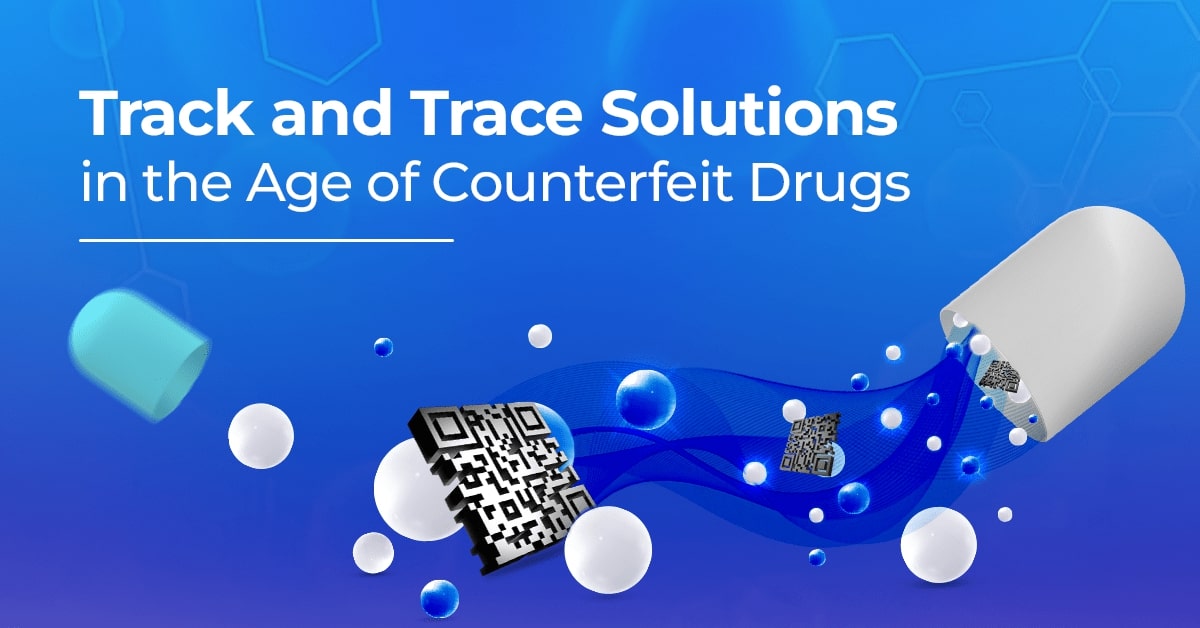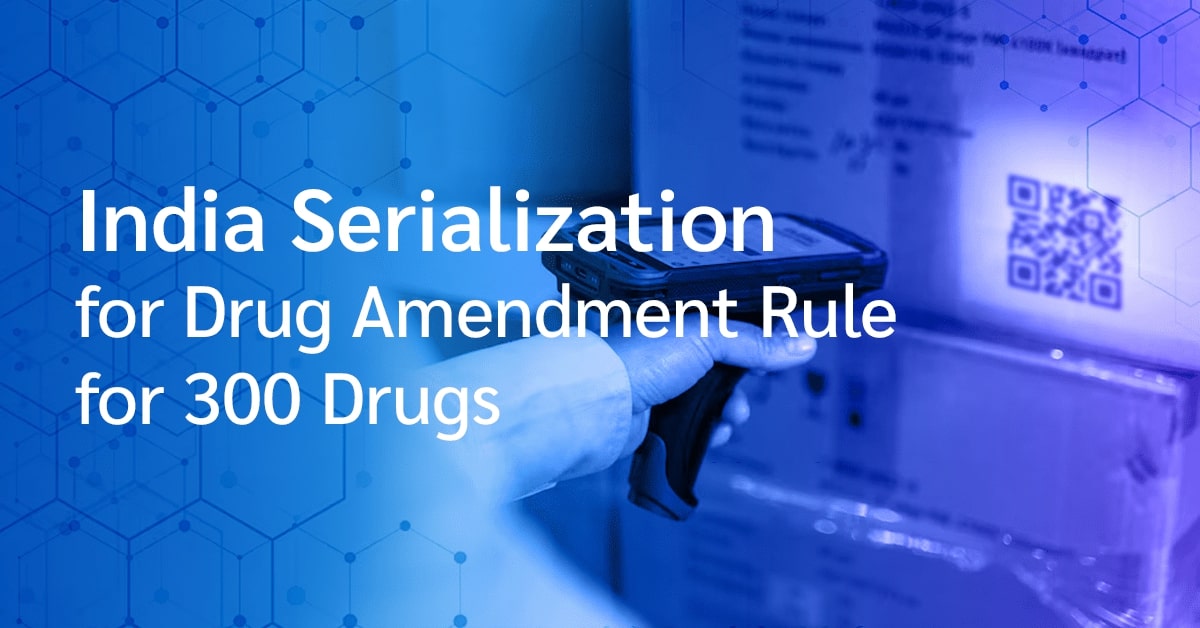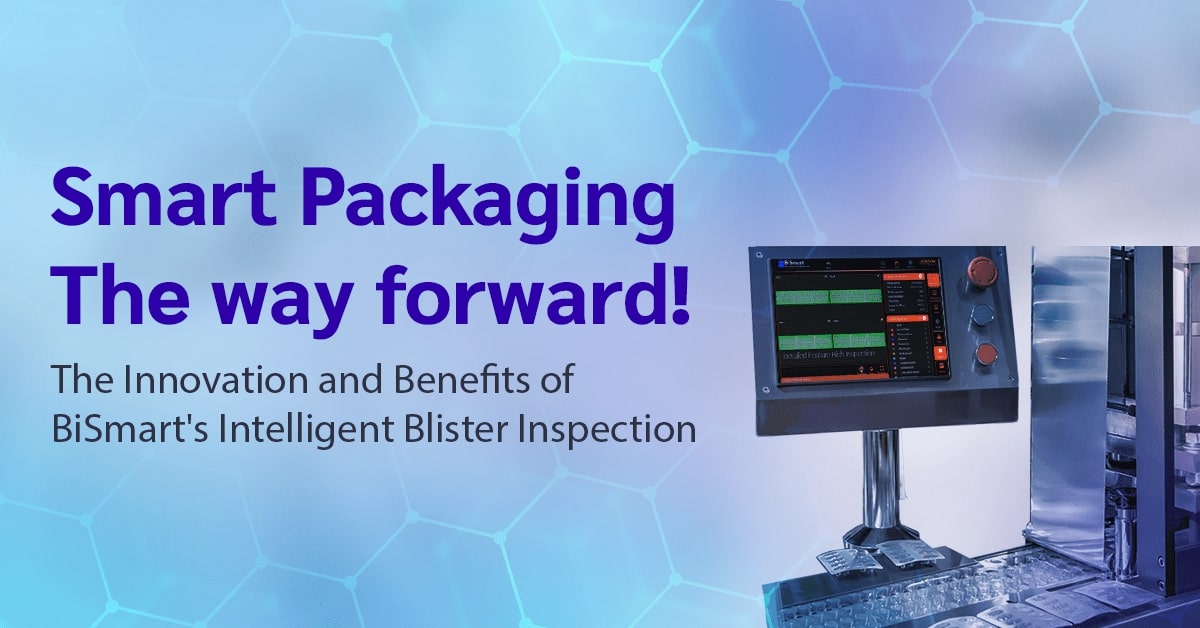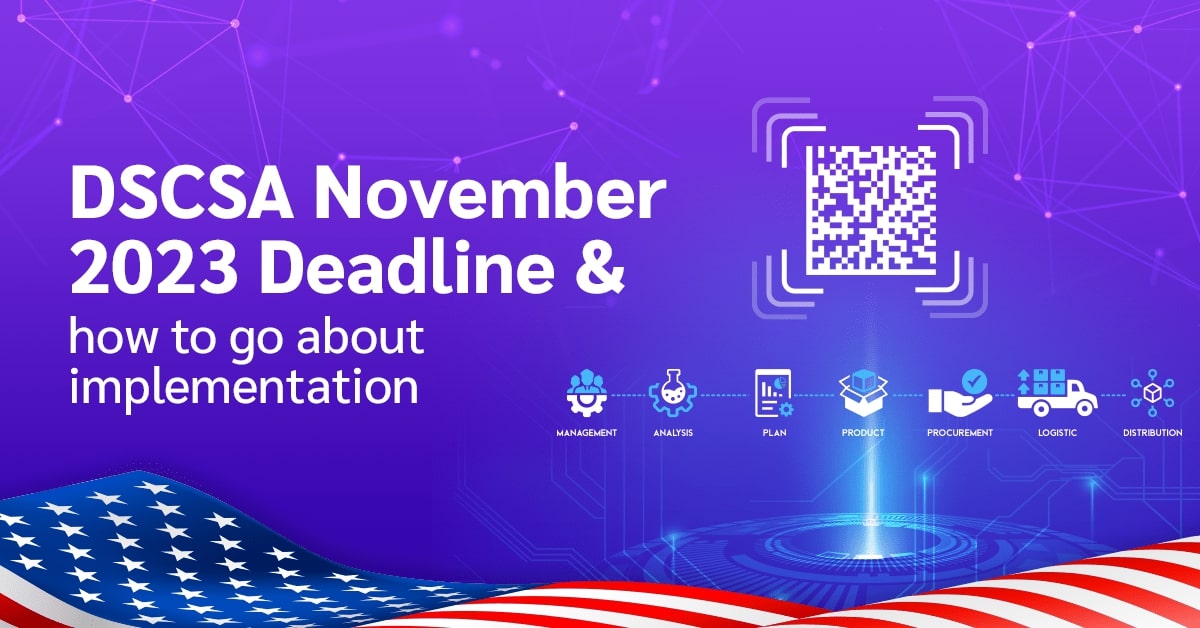Track & Trace technology has revolutionized the way businesses manage their supply chains, offering unprecedented visibility and control over products from manufacture to delivery. This technology improves operational efficiency, and customer satisfaction by ensuring the authenticity and timely arrival of products. Understanding the mechanisms and benefits of Track & Trace systems can significantly impact the way companies approach their supply chain management.
An Overview of Track & Trace
At its core, Track & Trace systems are designed to provide real-time tracking of products throughout the supply chain. This involves capturing and storing data at every stage of a product’s journey, from production, through distribution, to the final delivery to consumers. The process utilizes a combination of barcodes, RFID tags, and digital serialization to create a unique identifier for each product. This identifier enables companies to log every movement and transaction associated with the product, creating a comprehensive history that can be accessed at any point.
The Importance of Serialization
Serialization is a fundamental component of Track & Trace systems. It involves assigning a unique serial number to each product unit, which is then used to track its journey through the supply chain. This unique identification is crucial for several reasons:
- Counterfeit Prevention: By ensuring each product has a unique identifier, companies can easily distinguish authentic products from counterfeits.
- Recall Efficiency: In the event of a product recall, serialization allows companies to pinpoint the exact products affected, limiting the scope of the recall and reducing associated costs.
- Regulatory Compliance: Many industries, especially pharmaceuticals, face strict regulations requiring detailed tracking of products. Serialization helps meet these regulatory demands by providing a clear trail of a product’s journey.
Components Required for Implementing Track & Trace Systems
To implement a successful Track & Trace system, businesses must integrate several technological and operational components. These components work together to ensure that products can be tracked accurately and efficiently throughout their journey from production to consumer. Here is a detailed look at the essential components required for Track & Trace systems:
Identification Technologies: The backbone of any Track & Trace system is the technology used to identify individual items. This includes:
- Barcodes: Widely used for general purposes, offering a cost-effective way to label products.
- RFID Tags: Provide more detailed tracking capabilities by allowing items to be scanned without direct line of sight, ideal for high-volume or high-value products.
- QR Codes: Enable more data to be stored than traditional barcodes and can be scanned using smartphones, enhancing consumer engagement.
- Serialization Software: Software that generates unique serial numbers for each product unit. This software is crucial for creating the unique identifiers that will follow products throughout the supply chain.
Data Capture Devices: These are the scanners and readers used to capture the identifiers at various points in the supply chain. They range from simple barcode scanners to advanced RFID readers and mobile devices equipped with scanning apps.
Central Database: A secure, scalable database is essential for storing the vast amounts of data generated by Track & Trace systems. This database should be capable of handling real-time data entry and retrieval, ensuring up-to-date tracking information is always available.
Integration Capabilities: The system must integrate seamlessly with existing supply chain management (SCM) systems, enterprise resource planning (ERP) systems, and other business management software. This integration ensures that data flows smoothly across all parts of the business.
User Interface (UI): A user-friendly interface for accessing tracking information and generating reports. This UI should be accessible to different stakeholders, including supply chain managers, regulatory compliance teams, and potentially even consumers seeking to verify product authenticity.
Analytics and Reporting Tools: Advanced analytics capabilities allow businesses to derive actionable insights from their Track & Trace data. This can include identifying bottlenecks in the supply chain, predicting stock levels, and improving overall efficiency.
The How: Implementing Track & Trace
Implementing a Track & Trace system is a complex process that requires careful planning and integration of various technologies and components. Each business might require a unique approach based on its specific needs, industry standards, and regulatory requirements.
Step 1: Assess Your Specific Needs and Requirements
Industry and Regulatory Considerations: Different industries may have unique requirements or regulations for Track & Trace systems. For instance, pharmaceuticals often have stringent standards for serialization and tracking to ensure safety and compliance.
Product Characteristics: The nature of the products being tracked can dictate the choice of identification technology. High-value items or those requiring special handling might be better suited for RFID tags, whereas general consumer goods might use barcodes or QR codes.
Step 2: Choose the Right Identification Technology
Evaluation Criteria: Consider factors such as cost, scalability, environmental conditions (e.g., moisture, temperature), and the need for line-of-sight scanning. For instance, businesses with products stored in harsh environments might prefer RFID tags over barcodes.
Customization and Branding: Some businesses might opt for custom-designed QR codes that include their logo, enhancing brand visibility and consumer engagement.
Step 3: Integrate Advanced Data Capture Devices
Mobile Solutions: Implement mobile scanning solutions that allow for flexibility and efficiency in the supply chain. Custom mobile apps can be developed to enhance data capture and integration capabilities, especially for businesses with complex logistics operations.
Specialized Scanners: For high-throughput environments, consider integrating specialized scanners that can handle large volumes of products quickly, reducing bottlenecks.
Step 4: Build or Customize a Central Database
Data Security and Privacy: Depending on the sensitivity of the tracked information, the database must incorporate advanced security measures to protect against unauthorized access and ensure compliance with data protection regulations.
Custom Integration with SCM and ERP: Develop custom integrations with existing systems, ensuring seamless data flow and minimizing the need for manual data entry, which can reduce errors and increase efficiency.
Step 5: Develop a Tailored User Interface (UI)
Stakeholder-Specific Access: Create different UI views for various stakeholders, such as supply chain managers, compliance officers, and customers, ensuring each has access to relevant information in a user-friendly manner.
Real-Time Notifications: Implement real-time alerts and notifications for key events or issues detected in the supply chain, enabling proactive management and resolution.
Step 6: Utilize Advanced Analytics for Deep Insights
Predictive Analytics: Integrate predictive analytics to forecast supply chain issues, demand spikes, and inventory needs, allowing for more strategic planning and resource allocation.
Custom Reporting: Develop custom reporting tools tailored to the specific KPIs and metrics relevant to your business, enabling better decision-making and performance tracking.
Implementation and Continuous Improvement
Pilot Program: Before full-scale implementation, conduct a pilot program with a subset of products or in a specific area of the supply chain to test the effectiveness of the Track & Trace system and make necessary adjustments.
Feedback Loop: Establish a feedback loop with all stakeholders, including suppliers, employees, and customers, to continually gather insights and improve the system.
By taking a tailored approach to implementing a Track & Trace system, businesses can ensure that the solution not only meets their immediate needs but also provides a scalable and flexible platform for future growth and adaptation.
The Benefits of Track & Trace
The implementation of Track & Trace systems brings numerous benefits:
Enhanced Supply Chain Visibility: Companies gain a clear view of their products’ journeys, allowing for better inventory management and logistical planning.
Increased Consumer Trust: Providing customers with the ability to verify the authenticity and journey of their purchased products builds trust and loyalty.
Improved Operational Efficiency: Real-time tracking enables quicker responses to supply chain disruptions, reducing downtime and associated costs.
Regulatory Compliance: Track & Trace systems help companies meet stringent industry regulations by providing detailed product histories and ensuring the integrity of the supply chain.
Choosing the Right Track & Trace Solution
When selecting a Track & Trace solution, it’s important to consider the specific needs of your business and industry. The ideal system should offer robust serialization capabilities, seamless integration with existing operations, and comprehensive reporting and analytics features. It should also be scalable to accommodate business growth and adaptable to evolving industry regulations and standards.
The ability to accurately track and trace products throughout the supply chain is a necessity. For businesses seeking to enhance their supply chain visibility, ensure regulatory compliance, and build trust with their customers, a sophisticated Track & Trace solution is essential.
If you’re ready to transform your supply chain management with state-of-the-art Track & Trace technology, consider partnering with a leader in the field. Explore the solutions offered by Jekson Vision, where cutting-edge technology meets deep industry expertise. Discover how Jekson Vision’s Track & Trace systems can empower your business to achieve greater operational efficiency, compliance, and customer satisfaction. Contact us today to learn more and take the first step towards a more transparent, efficient, and secure supply chain.







